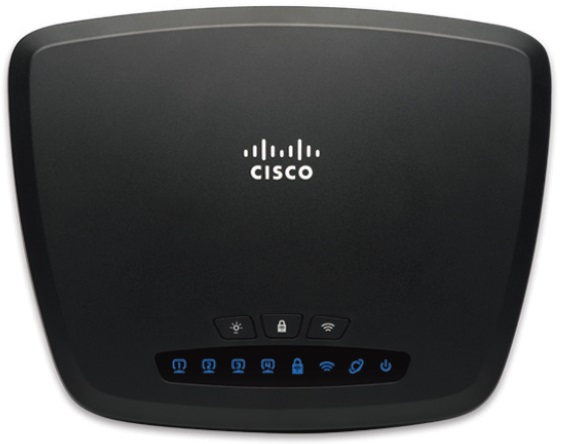
Otherwise, VPN Client traffic never works. You must also configure split tunnelling on RouterB. This is because they match its SA of 10.1.1.0/24 to 10.0.0.0/8 instead of the more specific match of 10.3.3.1/32. However, when packets from the VPN Client are replied to and then hit RouterA, RouterA sends them over the tunnel to RouterB.

RouterA successfully builds another SA for traffic from 10.1.1.0/24 to 10.3.3.1/32. As an example, assume you have a VPN Client connect and get an IP address out of a local pool of 10.3.3.1. What happens is that RouterA builds an SA to RouterB for traffic from 10.1.1.0/24 to 10.0.0.0/8. With this configuration, the VPN Client pool cannot be anything in the 10.x.x.x supernet. In this sample configuration, RouterB sends a 10.0.0.0/8 split-tunnel list to RouterA. The use of a standard EzVPN server configuration on this router along with the EzVPN Client configuration does not work. RouterA has to be configured with IPsec profiles for the VPN Client connections. Traffic from the VPN Client can be routed to the networks behind RouterA and RouterB. This allows it to accept connections from VPN Clients, and to act as an EzVPN Client when it connects to RouterB. In this network diagram, RouterA is configured as both an EzVPN Client and server. Note: Use the Command Lookup Tool ( registered customers only) to obtain more information on the commands used in this section. In this section, you are presented with the information to configure the features described in this document. Refer to the Cisco Technical Tips Conventions for more information on document conventions. If your network is live, make sure that you understand the potential impact of any command. All of the devices used in this document started with a cleared (default) configuration. The information in this document was created from the devices in a specific lab environment.

#Cisco router non easyvpn connect to cisco 891 software#
Note: This document was recertified with a Cisco 3640 Router with Cisco IOS Software Release 12.4(8). The information in this document is based on these software and hardware versions:Ĭisco IOS Software Release 12.3(11)T on the EzVPN Client and server router.Ĭisco IOS Software Release 12.3(6) on the remote EzVPN server router (this can be any crypto version that supports the EzVPN server feature). There are no specific requirements for this document. Refer to Configuring an IPsec Router Dynamic LAN-to-LAN Peer and VPN Clients in order to learn more about the scenario where there is a LAN-to-LAN configuration between two routers in a hub-spoke environment with Cisco VPN Clients also connect to the hub and Extended Authentication (XAUTH) is used.įor a sample configuration on EzVPN between a Cisco 871 router and a Cisco 7200VXR Router with NEM Mode, refer to 7200 Easy VPN Server to 871 Easy VPN Remote Configuration Example. Traffic can be routed from a VPN Client to the EzVPN server, then back out to another remote EzVPN server. Neighbor ID Pri State Dead Time Address Interfaceġ.1.1.1 1 ExStart/ - 00:00:39 configuration details the new feature in Cisco IOS® Software Release 12.3(11)T that enables you to configure a router as an EzVPN Client and server on the same interface. Without enabling MTU ignore on both devices, the OSPF neighbor will get stuck in “ExStart” the state should read “Full” under normal circumstances. Note: The “ip ospf mtu-ignore” command is needed in order for proper OSPF neighbor functions.īy issuing “get router info ospf neighbor” CLI command, you will see the output below. Please note, that Fortinet Technical Support can not provide any assistance with configuration, operation and troubleshooting of a 3rd party equipment.Ĭrypto isakmp key address 0.0.0.0 0.0.0.0Ĭrypto ipsec transform-set TRANS esp-aes esp-sha-hmac Note: For an authoritative guidance on configuration of a Cisco equipment, please refer to the product documentation of that equipment.

Note: The source and destination addresses are set as “all”, however they can be tighten up to specific subnets which is a good security practice. These two policies are mirrors of one another, so traffic can flow in either direction. to work correctly on the tunnel interface. Note: The “remote-ip” setting should be the IP address of the Tunnel interface (NOT PHYSICAL) on the Cisco router.


 0 kommentar(er)
0 kommentar(er)
